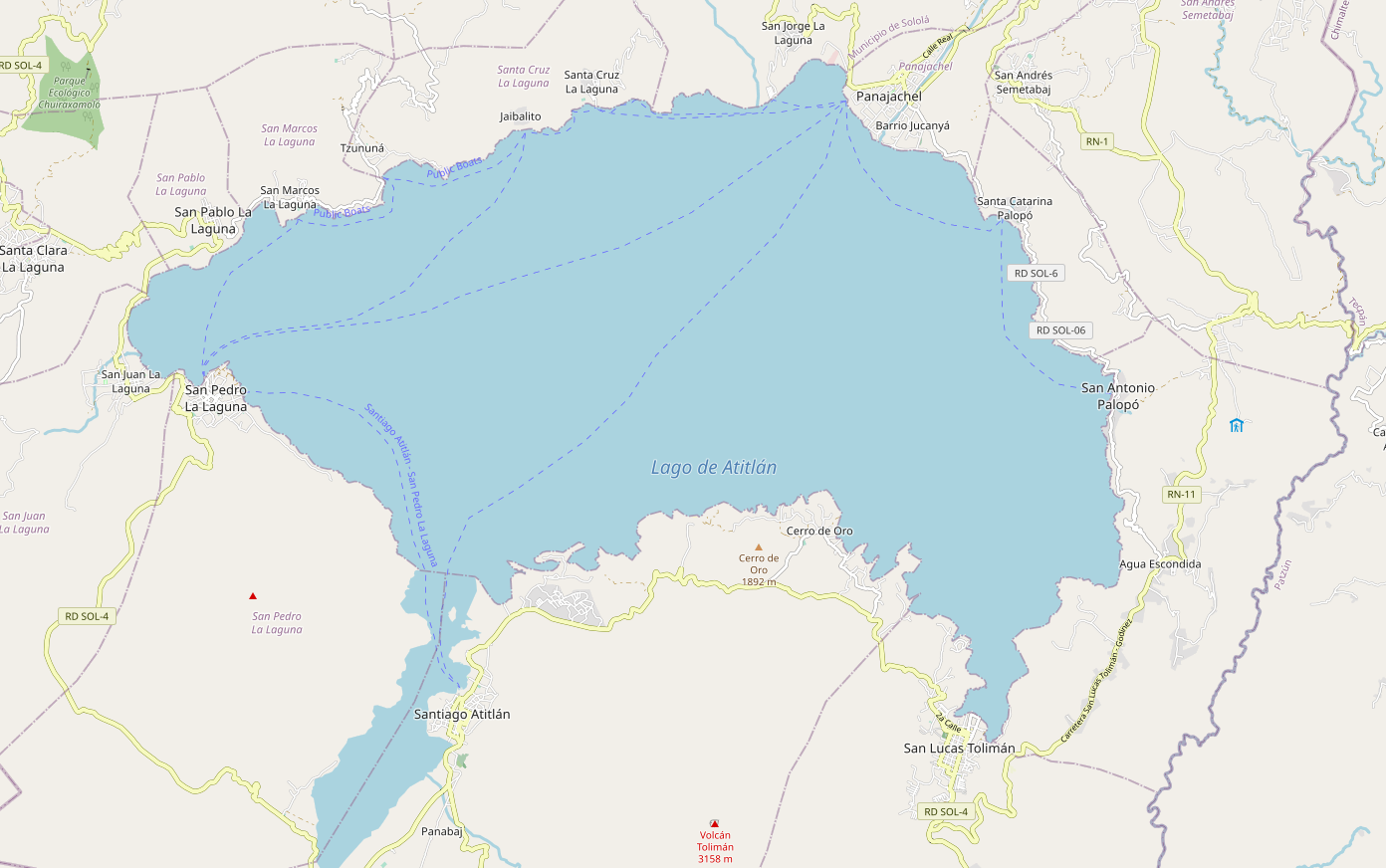The Universidad del Valle in Guatemala (UVG) and the Lake Atitlan Authority (AMSCLAE) held a virtual launch of an online system for predicting harmful algal blooms in Lake Atitlan, a major body of water in Guatemala. Over eighty participants attended virtually, and University of Alabama in Huntsville (UAH) PI Africa Flores-Anderson, also of SERVIR’s SCO, presented results of novel science co-developed with the local university and the lake authority. The project was funded by National Geographic and Microsoft.
Lake Atitlan is a landmark of Guatemalan culture and heritage and has suffered from algal blooms since 2009, when it was also the target of satellite-based monitoring support during the first phase of SERVIR-Mesoamerica. This tool uses Artificial Intelligence (AI) and satellite remote sensing to inform authorities and decision-makers about when algal blooms are expected, so preventive measures can be enforced. This forecasting system is a key input into the Lake Authority’s Harmful Algal Bloom (HAB) Alert System, and a new algal bloom was detected in late August 2022 thanks to information provided by this forecast.
One of the key inputs into the forecast model is localized GEOGloWS ECMWF streamflow data. GEOGloWS is supported by multiple agencies including Centre National d'Etudes Spatiales (CNES), NASA (via the SERVIR Applied Sciences Team and the Water Resources Program), USAID, World Bank, Microsoft, Brigham Young University (BYU), the National Oceanic and Atmospheric Association (NOAA), the Swiss government, with additional in-kind contributions from the European Centre for Medium-Range Weather Forecasts (ECMWF), the European Union Joint Research Center (JRC), BYU, SERVIR hubs, Esri, and many national hydro-meteorology agencies. The tool can be found at the following website: https://freshwater.net/home.
